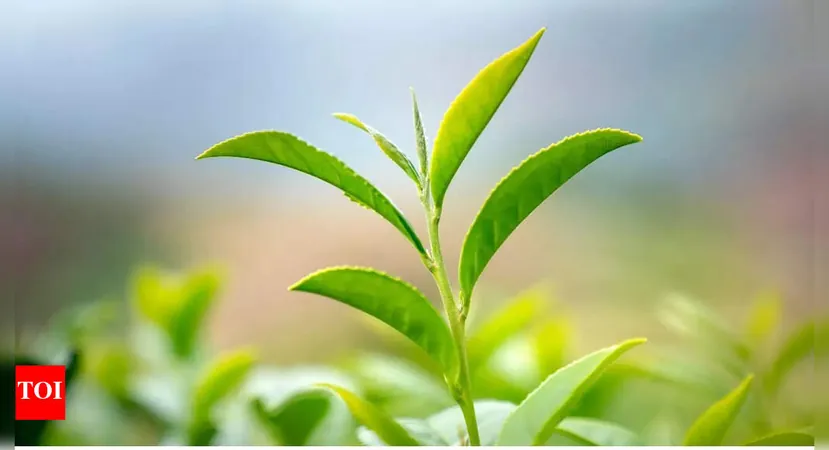
Unlocking Nature's Secrets: How Plants Use Sugar to Sense Heat and Thrive
2025-07-03
Author: Jia
Groundbreaking Discovery in Plant Biology
In a stunning new study, scientists have unveiled a fascinating mechanism that allows plants to sense heat. It turns out that these green wonders utilize sunlight, sugar, and a series of internal signals to adapt and flourish in warm conditions.
The Dynamic Duo: Sugar and Heat
Researchers have discovered that sugar plays a pivotal role in stabilizing a growth-promoting protein known as PIF4. When temperatures rise, PIF4 kicks into action, promoting essential growth. However, there's a twist: another protein, ELF3, becomes inactive under hot conditions, removing a blockage and allowing PIF4 to thrive. This groundbreaking finding sheds light on the intricate adaptation mechanisms plants use to survive.
Rethinking Plant Responses to Temperature
For years, scientists believed that plants primarily detected heat through nighttime proteins. However, recent revelations have radically altered this understanding, revealing a sophisticated process involving daytime sunlight and sugar. This combination orchestrates how plants regulate their growth in response to heat—a phenomenon known as thermomorphogenesis.
The Sweet Science of Survival
During hot and sunny days, plants transform stored starch into sucrose, which is vital for stabilizing PIF4. This mechanism ensures that plants efficiently allocate energy for growth, but only when temperatures are optimal and sugar levels are sufficient. If sugar is present and temperatures are high enough, PIF4 can drive the growth of the plant skyward.
A Revolutionary Perspective on Growth
The research published in *Nature Communications* highlights the dual role of sugar and temperature in plant biology. It suggests that plants are not just passive organisms reacting to their environment; they actively process information and strategize their growth patterns based on their surroundings.
Final Thoughts
This exciting study opens new avenues for understanding how plants interact with their environment. As they 'think' and adjust to conditions, plants exemplify a remarkable level of complexity that could influence agricultural practices in the face of climate change. It's a reminder that nature is full of surprises, revealing just how astutely life adapts and thrives.


 Brasil (PT)
Brasil (PT)
 Canada (EN)
Canada (EN)
 Chile (ES)
Chile (ES)
 Česko (CS)
Česko (CS)
 대한민국 (KO)
대한민국 (KO)
 España (ES)
España (ES)
 France (FR)
France (FR)
 Hong Kong (EN)
Hong Kong (EN)
 Italia (IT)
Italia (IT)
 日本 (JA)
日本 (JA)
 Magyarország (HU)
Magyarország (HU)
 Norge (NO)
Norge (NO)
 Polska (PL)
Polska (PL)
 Schweiz (DE)
Schweiz (DE)
 Singapore (EN)
Singapore (EN)
 Sverige (SV)
Sverige (SV)
 Suomi (FI)
Suomi (FI)
 Türkiye (TR)
Türkiye (TR)
 الإمارات العربية المتحدة (AR)
الإمارات العربية المتحدة (AR)